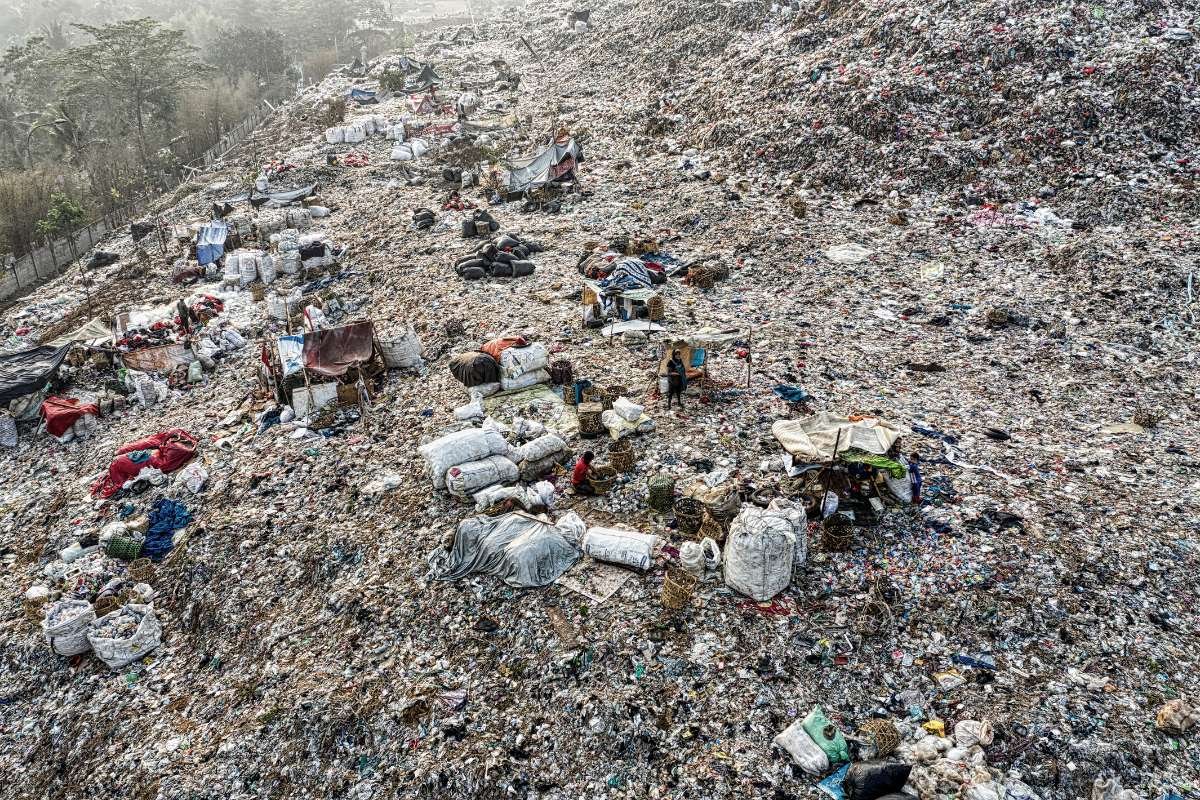Granite’s natural beauty and durability make it a coveted choice for countertops, vanities, and other surfaces in homes and businesses alike. However, even with meticulous care during fabrication, issues can arise that mar the stone’s pristine appearance. Seams may become uneven or discolored, scratches can appear, and other blemishes may detract from the granite’s luster.
This guide serves as a troubleshooting manual for common granite fabrication issues, equipping you with the knowledge and techniques to address these problems effectively. Whether you’re a DIY enthusiast tackling a home project or a professional fabricator seeking solutions to common challenges, this article will provide valuable insights and practical tips, along with recommendations for appropriate stone fabrication tools, to restore your granite surfaces to their original glory.
Understanding Common Granite Fabrication Issues

Even with the utmost care during fabrication and installation, granite countertops can encounter a few common issues that affect their appearance. Recognizing these problems early on is key to preserving the beauty and longevity of your granite surfaces:
1. Uneven Seams.
An uneven seam can disrupt the visual flow of a granite countertop, drawing the eye to an imperfection rather than the stone’s natural beauty. This granite fabrication issue can occur due to several factors, including improper leveling of the slabs during installation, inconsistent application of granite seam epoxy, or settling of the substrate over time.
2. Discolored Seams.
Over time, granite seam epoxy can become discolored due to exposure to moisture, spills, or cleaning agents. This can result in a noticeable difference in color between the epoxy and the surrounding granite, creating an unsightly blemish.
3. Scratches and Chips.
Despite its hardness, granite is not immune to scratches and chips. These blemishes can occur during fabrication, installation, or everyday use. While minor scratches may be barely noticeable, deeper ones can detract from the stone’s appearance.
4. Stains and Etches.
Granite is generally resistant to stains, but certain substances, such as acidic liquids or oils, can penetrate the surface and cause discoloration. Etches, which are dull spots caused by acidic substances reacting with the stone’s minerals, are another common granite fabrication issue.
5. Dullness and Loss of Shine.
Over time, granite can lose its luster due to wear and tear, improper cleaning, or the buildup of soap scum and hard water deposits. This can leave the surface looking dull and lifeless.
Addressing Granite Seam Issues
If you notice an uneven seam in your granite countertop, you may be able to fix it yourself with a bit of patience and the right tools. Start by carefully removing any excess epoxy with a razor blade or scraper. Then, clean the seam area thoroughly with acetone or another solvent recommended by the epoxy manufacturer. Once the area is clean and dry, apply a fresh layer of granite seam epoxy, ensuring it is level and flush with the surrounding granite. Allow the epoxy to cure completely according to the manufacturer’s instructions.
If your granite seam epoxy has become discolored, you may be able to restore its original color by carefully sanding it with fine-grit sandpaper. Start with a low grit and gradually increase until you achieve the desired result. Once you’ve sanded the epoxy, clean the area thoroughly and apply a fresh coat of epoxy that matches the color of your granite.
Repairing Scratches and Chips

Minor scratches on granite can often be buffed out with a granite polishing compound and a soft cloth. Apply a small amount of the compound to the scratch and rub it in a circular motion until the scratch disappears. Be sure to follow the manufacturer’s instructions for the specific polishing compound you’re using.
For deeper scratches or chips, you may need to use a more aggressive approach, such as wet sanding with progressively finer grits of sandpaper. Start with a coarse grit to remove the damaged material, then gradually switch to finer grits to smooth the surface. Once you’ve sanded the area, polish it with a granite polishing compound to restore its shine.
Removing Stains and Etches
A poultice is a paste-like substance that can be used to draw out stains from granite. Mix a poultice powder with water or acetone to create a thick paste, then apply it to the stained area. Cover the poultice with plastic wrap and let it sit for 24-48 hours. Once the poultice has dried, remove it and clean the area thoroughly.
Honing involves using a specialized machine equipped with diamond abrasive pads to remove a thin layer of granite, effectively erasing the etch. This process should only be performed by a professional stone fabricator, as it requires specialized equipment and expertise.
Restoring Shine and Luster

Regular cleaning with a mild soap and water solution can help prevent the buildup of dirt, grime, and soap scum that can dull the surface of your granite. Avoid using harsh chemicals or abrasive cleaners, as these can damage the stone.
For a deeper clean and a renewed shine, periodically polish your granite countertops with a granite polishing compound and a soft cloth or a polishing machine equipped with granite polishing discs. This will remove minor scratches and restore the stone’s original luster.
If your granite countertops are severely etched, stained, or damaged, you may need to hire a professional stone restoration specialist to restore them to their original condition. These professionals have the expertise and specialized equipment to address even the most challenging granite restoration projects.
Conclusion
Granite countertops are a beautiful and durable investment, but they are not immune to damage. By understanding the common granite fabrication issues that can arise during fabrication and knowing how to address them, you can keep your granite surfaces looking their best for years to come.
Whether you’re tackling a DIY project or seeking professional assistance, the right tools and techniques can make all the difference in achieving a flawless finish. Remember, with a little care and attention, your granite countertops can continue to be a source of pride and beauty in your home or business.
And if you ever find yourself facing a particularly challenging granite fabrication issue, don’t hesitate to consult with a professional. They can provide expert advice and assistance to restore your granite surfaces to their original splendor.


















